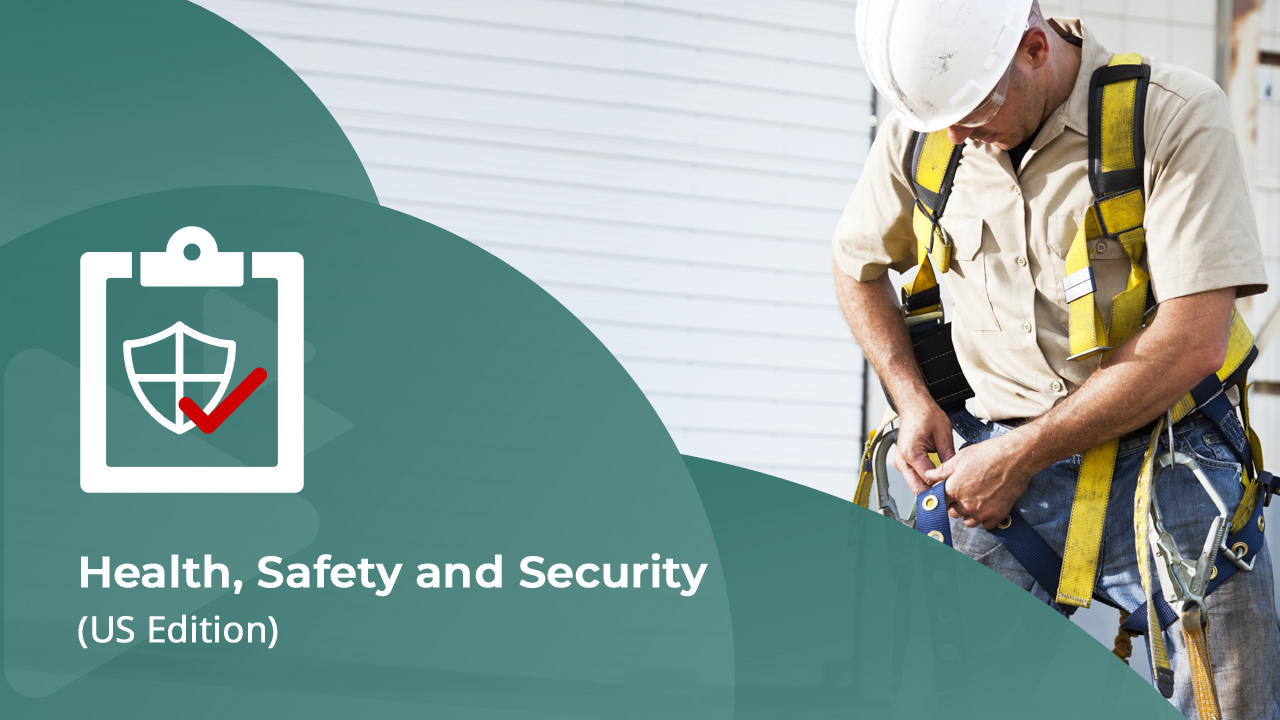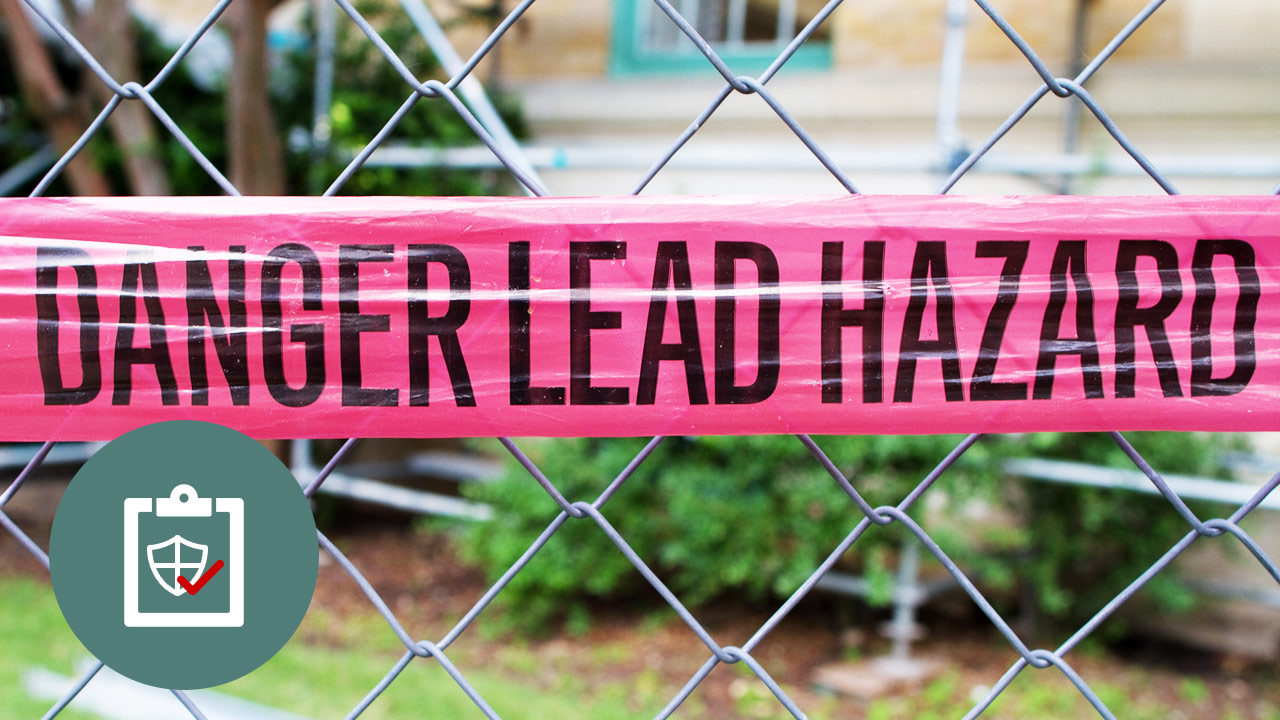Flagging Safety - Cal/OSHA
- 7 topics | 1h 16m 59s
- Includes Assessment
- Up to 30 languages
- Transcripts
Traffic control is a critical aspect of worker and driver safety on road construction projects. Flaggers need to be knowledgeable about the standards and guidelines established by the California Manual on Uniform Traffic Control Devices for Streets and Highways. These include general guidelines for flagging, appropriate clothing requirements, and the standards for the signs, barriers and lights, and other devices used in your work. You also need to know where to position yourself for optimum safety, how to judge traffic speed and congestion, and how to regulate traffic accordingly. This course was developed with subject matter support provided by EnSafe Inc., a global professional services company focusing on engineering, environment, health and safety, and information technology. Please note, the course materials and content were current with the laws and regulations at the time of the last expert review, however, they may not reflect the most current legal developments. Nothing herein, or in the course materials, shall be construed as professional advice as to any particular situation with respect to compliance with legal statutes or requirements.
WHAT YOU WILL LEARN
-
identify the qualifications and professional conduct expected of flaggers
-
identify the type of clothing and safety apparel that should be worn by flaggers
-
identify two types of hand-signaling devices flaggers use
-
identify the types and uses of various barriers, channelizing devices, and lights used at work sites
-
recognize the purposes of traffic sign colors and the different categories of signs
-
identify rules of thumb for flagger positioning and location
-
recognize how rules related to spacing vehicular traffic are applied on a work site
-
determine how to handle a failure to stop or sign violation on a work site
-
recognize how to communicate messages with traffic on a work site
-
recognize how to communicate with other flaggers on a work site
-
recognize the requirements for setting up three types of advance warning signs before a construction site
-
identify the types of tapers used to channel traffic on a road construction site, with their descriptions
-
determine the required length of a taper according to the type of taper and the road on which it is being used
-
identify guidelines associated with flagging in special cases
IN THIS COURSE
-
General Requirements for Flaggers10m
-
Signs, Barriers, Channelizing, and Lights14m
-
Regulating Traffic10m
-
Flagger Communication10m
-
Setting Up the Work Site: Advance Warning Signs7m
-
Setting Up the Work Site: Tapers14m
-
Special Cases6m
YOU MIGHT ALSO LIKE
COMPLIANCE-COURSE
Fall Prevention – Cal/OSHA
COMPLIANCE-COURSE
Lead Awareness in General Industry – Cal/OSHA
COMPLIANCE-COURSE
Hazard Communication: An Employee's Right to Understand 2.0 - Cal/OSHA


